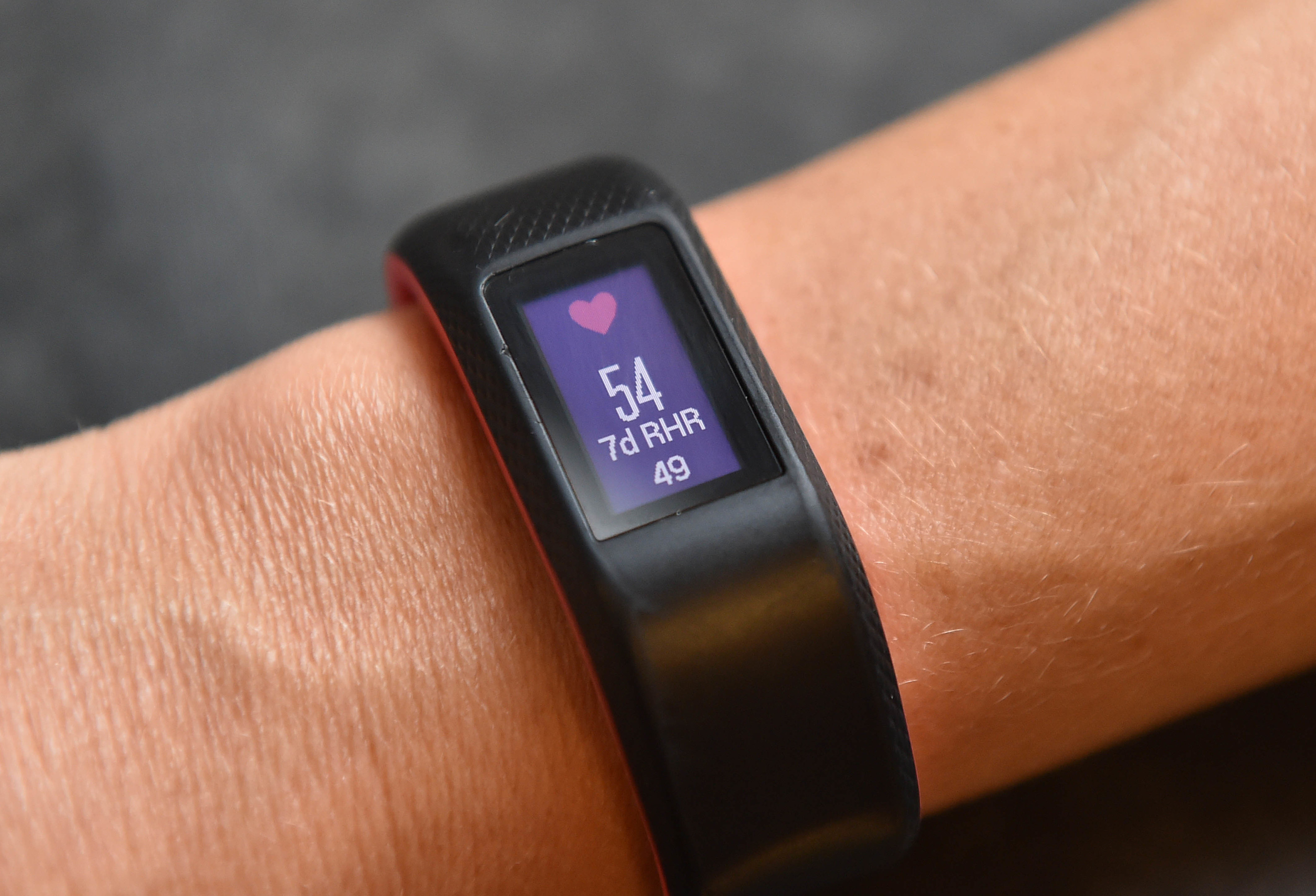
FITNESS trackers could help improve survival among cancer patients who fake feeling well to please their doctor, a study suggests.
Apps that record the amount of time people are in bed or “up and active” give clinicians a clearer picture of the patient’s health, ensuring they are given the most appropriate treatment, the researchers said.
The technology could be used on NHS patients and could help save lives, according to lead researcher Dr Jorge Nieva.
“We have the internet of things, we may as well have the internet of patients,” he said.
The findings will be presented at the American Society of Clinical Oncology (ASCO) annual meeting in Chicago this weekend.
Dr Nieva, of the University of Southern Carolina, told the Press Association: “Patients like to please their doctor and they like to do well and to show the doctor that they are doing well.
“They will come to the doctor’s office with a lot of energy and gumption, and the ladies will put on their best dress and their lipstick and their make-up and look good, and give the doctor the impression they are doing well when in fact they may be spending all their day in bed.
“Our clinical interactions are relatively short with patients so we don’t have a huge amount of time to put people through their paces to evaluate what their performance status actually is.”
Previous studies have shown that physicians and cancer patients disagree on their performance status – or how healthy they are – more than 50% of the time, with doctors often thinking they are doing better than they are, Dr Nieva said.
Separate research found that when physicians and patients disagree, the mortality rate increases by 16%.
“That’s because the treatment doesn’t match the status of the patient,” Dr Nieva said.
Clinicians who are made aware that someone is not coping well may limit treatment, as frail patients experience more toxicity from the same amount of drugs as fit patients.
The study suggests wearable fitness monitors and smartphone apps offer a more objective way of tracking activity and health.
Patients who were out of bed, making food, walking around or doing light office work for an hour every day were significantly less likely to unexpectedly seek medical help, the research found.
Those who were sedentary had a much higher rate of needing these services.
Dr Nieva said: “The implications of this are you can really get an objective measure of how active people are being.
“We don’t have to rely on the eight minutes we have with patients during the office encounter to determine how active they are, we can look at their smartphone or their smartwatch and get that information.”
The benefits may be particularly marked for women, who Dr Nieva said are “particularly good at making themselves look good”.
He said: “Men, generally, if we feel bad, we are happy to go to the doctor’s office in our bathrobe and slippers. Women won’t do that.”

Enjoy the convenience of having The Sunday Post delivered as a digital ePaper straight to your smartphone, tablet or computer.
Subscribe for only £5.49 a month and enjoy all the benefits of the printed paper as a digital replica.
Subscribe